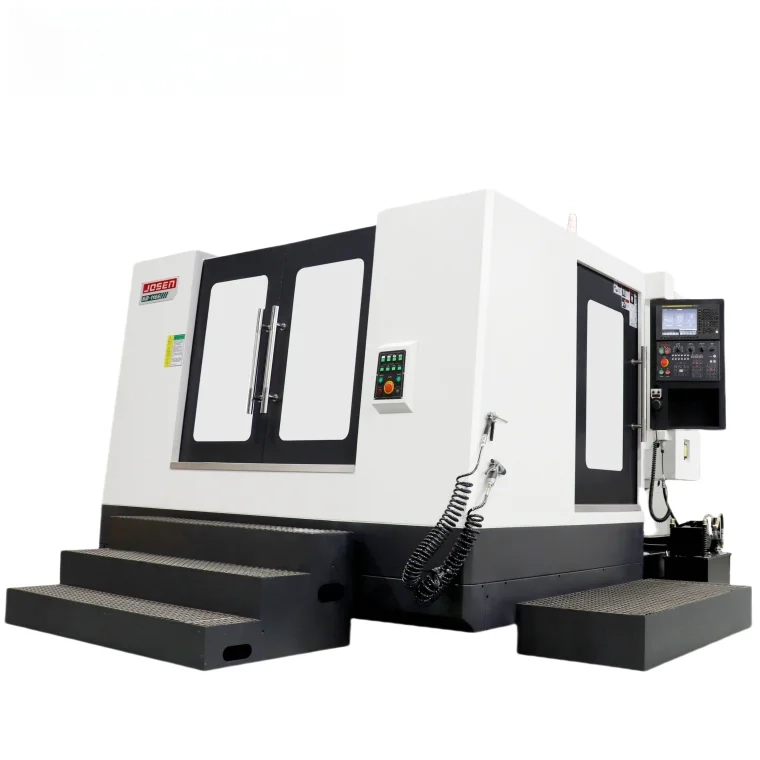In the world of printing, the choice of paper can significantly impact the quality of the output. While most users are aware of the differences between inkjet and laser printers, fewer understand the implications of using inkjet paper in a laser printer. This article delves into the technical aspects of this common mistake, exploring the potential consequences and offering practical advice for optimal printing results.
Understanding the Basics: Inkjet vs. Laser Printers
Before we dive into the specifics of using inkjet paper in a laser printer, it’s essential to understand the fundamental differences between these two types of printers.
Inkjet Printers utilize liquid ink that is sprayed onto the paper through tiny nozzles. This method allows for high-resolution images and vibrant colors, making inkjet printers ideal for photo printing and detailed graphics. Inkjet paper is typically designed to absorb this liquid ink quickly, preventing smudging and ensuring sharp images.
Laser Printers, on the other hand, use a completely different technology. They employ a laser beam to transfer toner (a fine powder) onto the paper, which is then fused using heat. This process results in crisp text and high-quality prints, particularly for documents and graphics that require precision. Laser printer paper is often smoother and more durable, designed to withstand the heat of the fusing process.
The Consequences of Using Inkjet Paper in a Laser Printer
Using inkjet paper in a laser printer can lead to several issues, primarily due to the differences in paper composition and coating. Here are the key consequences:
- Poor Print Quality: Inkjet paper is typically coated to absorb liquid ink, which can lead to uneven toner distribution when used in a laser printer. This results in prints that may appear faded, streaky, or blotchy, undermining the quality of your documents.
- Paper Jams: The thickness and texture of inkjet paper can differ significantly from laser printer paper. Inkjet paper is often thinner and may not withstand the high temperatures generated during the laser printing process. This can lead to paper jams, which not only disrupt your printing workflow but can also damage the printer.
- Fusing Issues: The fusing process in laser printers involves applying heat and pressure to bond the toner to the paper. Inkjet paper may not be designed to withstand these conditions, leading to issues such as curling, warping, or even burning. This can result in a complete failure of the print job.
- Increased Wear and Tear on the Printer: Using inappropriate paper can lead to increased friction and strain on the printer’s components. Over time, this can result in premature wear and tear, potentially leading to costly repairs or replacements.
- Cost Inefficiency: While it may seem economical to use inkjet paper for laser printing, the potential for poor-quality prints and printer damage can lead to higher costs in the long run. Replacing damaged components or reprinting documents due to quality issues can quickly add up.
Best Practices for Optimal Printing
To avoid the pitfalls of using inkjet paper in a laser printer, consider the following best practices:
- Choose the Right Paper: Always select paper specifically designed for laser printers. Look for labels that indicate compatibility with laser printing to ensure optimal performance.
- Understand Paper Specifications: Pay attention to the weight and thickness of the paper. Laser printer paper typically ranges from 20 to 32 lb, while inkjet paper may be lighter. Using paper that meets the recommended specifications for your laser printer will yield the best results.
- Conduct a Test Print: If you’re unsure about the compatibility of a particular paper type, conduct a test print before committing to a larger print job. This can help you identify any potential issues without wasting resources.
- Regular Maintenance: Keep your laser printer well-maintained to ensure it operates efficiently. Regularly clean the printer and check for any wear on components to prolong its lifespan.
Conclusion
In summary, using inkjet paper in a laser printer can lead to a myriad of issues, from poor print quality to potential damage to the printer itself. Understanding the differences between paper types and selecting the appropriate one for your printing needs is crucial for achieving optimal results. By following best practices and being mindful of your paper choices, you can ensure that your printing experience is both efficient and cost-effective. Remember, the right paper can make all the difference in the quality of your prints, so choose wisely!



More Stories
What Is Hypalon Rubber Sheet? Exploring Its Exceptional Weather Resistance
What Is SMC (Sheet Molding Compound)? Complete Guide for Engineers
Metal Packaging: Leading a Sustainable Future for Food Packaging through Infinite Recyclability and Carbon Reduction